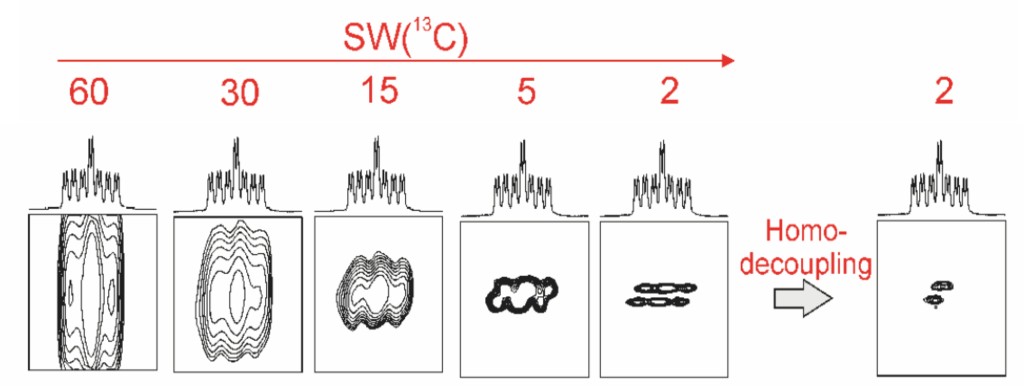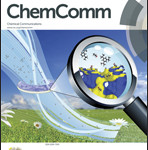Title: 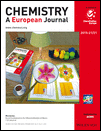 Disentangling complex mixtures of compounds with near-identical 1H and 13C NMR spectra using pure shift NMR.
Disentangling complex mixtures of compounds with near-identical 1H and 13C NMR spectra using pure shift NMR.
Authors: L. Castañar, R. Roldán, P. Clapés, A. Virgili and T. Parella.
Reference: Chem. Eur. J., 2015, 21, 7682-7685.
DOI: 10.1002/chem.201500521
Abstract: The thorough analysis of highly complex NMR spectra using pure shift NMR experiments is described. The enhanced spectral resolution obtained from modern 2D HOBS experiments incorporating spectral aliasing in the 13C indirect dimension enables the distinction of similar compounds exhibiting near-identical 1H and 13C NMR spectra. It is shown that a complete set of extremely small Δδ(1H) and Δδ(13C) values, even below the natural line width (1 and 5 ppb, respectively), can be simultaneously determined and assigned.
References:
- “Full sensitivity and enhanced resolution in homodecoupled band-selective NMR experiments” Chem. Eur. J. 2013, 19, 17283-17286.
- “Simultaneous 1H and 13C NMR enantiodifferentiation from highly-resolved pure shift HSQC spectra” Chem. Commun. 2014 50, 10214-10217.
- “Implementing homo- and heterodecoupling in region-selective HSQMBC experiments” J. Magn. Reson. 2014, 238, 63-69.
Pulse Programs Code for Bruker:
Data set Example:

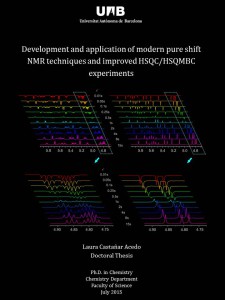
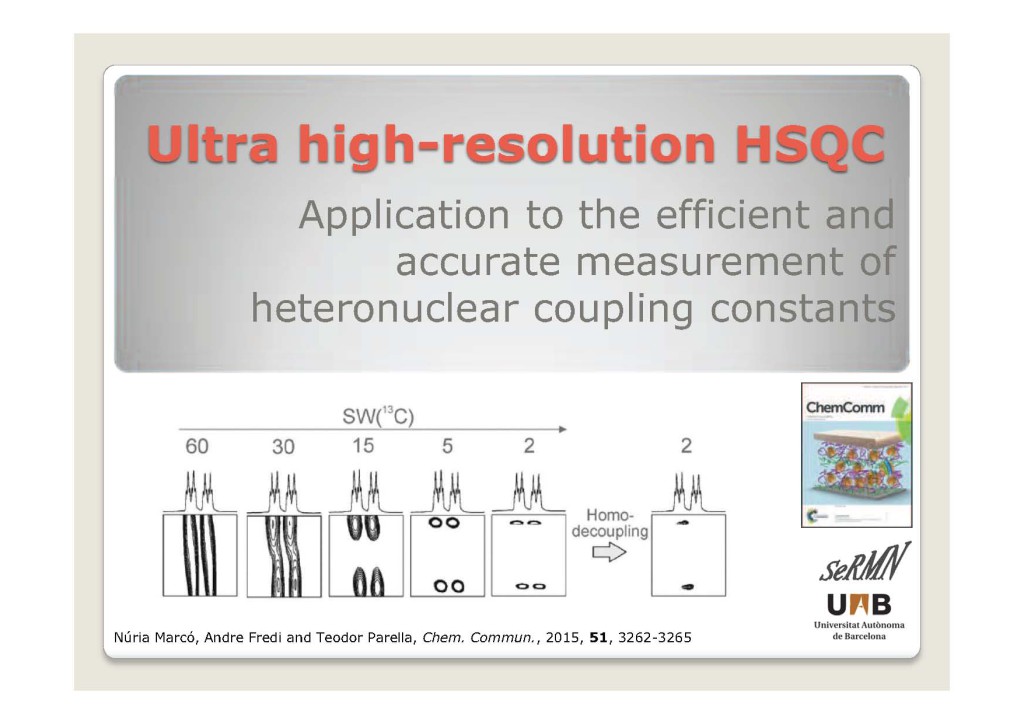

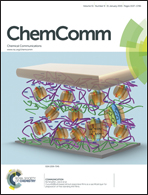 “Ultra high-resolution HSQC: Application to the efficient and accurate measurement of heteronuclear coupling constants” by Núria Marcó, Andre Fredi and
“Ultra high-resolution HSQC: Application to the efficient and accurate measurement of heteronuclear coupling constants” by Núria Marcó, Andre Fredi and 